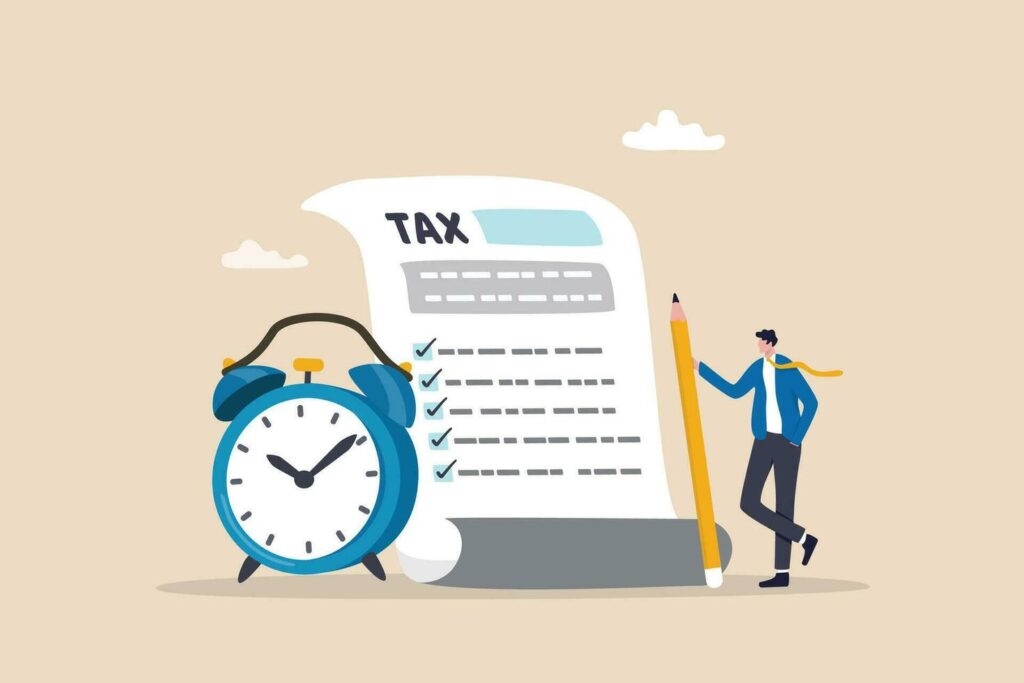Market volatility can feel like stormy weather for investors. Sudden drops, unpredictable trends, and economic shocks can challenge even seasoned investors. However, with a well-structured and thoughtfully organised portfolio, you can weather these financial storms and stay on course toward your long-term goals.
“Weatherproof investing” is all about creating a portfolio that is resilient, adaptable, and strategically balanced. It requires understanding your risk tolerance, diversifying across asset classes, and using tools and strategies that provide clarity and control. A portfolio that stands strong in volatile markets allows you to stay invested without reacting impulsively to short-term fluctuations.
In this guide, we’ll explore the benefits of organising your investment portfolio, practical strategies to build resilience, tools and tips for smarter decision-making, and how to navigate volatility with confidence.
The Benefits of Organising Your Investment Portfolio
An organised portfolio does more than keep your investments in order—it strengthens your financial foundation.
1. Greater Visibility
Tracking all assets—stocks, ETFs, bonds, superannuation, property, and alternative investments—provides a complete view of your holdings. This transparency helps you make informed decisions and avoid surprises during market swings.
2. Risk Mitigation
Organising your portfolio allows you to spread investments strategically, reducing overexposure to any one asset or sector. This approach helps protect your portfolio when markets become turbulent.
3. Data-Driven Decisions
When you know where your money is and how it performs, you can act with logic instead of emotion. Portfolio organisation provides the insights needed to rebalance, invest in growth opportunities, and navigate market volatility confidently.
4. Goal Alignment
A structured portfolio ensures every investment serves a purpose. Whether building wealth, saving for retirement, or generating income, alignment between your assets and financial goals reduces stress during market uncertainty.
See more: Sydney’s Best Financial Advisors: Tips for Choosing the Right One
Practical Strategies for Building a Weatherproof Portfolio
Volatility can’t be avoided, but it can be managed. Here are practical strategies to strengthen your portfolio against market swings:
1. Diversify Across Asset Classes
Diversification is the cornerstone of a resilient portfolio. Spread investments across:
- Equities (domestic and international)
- Bonds and fixed-income securities
- Property or real estate
- Alternative investments (commodities, precious metals, cryptocurrencies)
Diversifying reduces the impact of any single underperforming asset on your overall portfolio.
2. Rebalance Regularly
Market fluctuations can shift your asset allocation away from your intended strategy. Rebalancing ensures your portfolio maintains the desired risk profile, helping you lock in gains and limit exposure to volatility. Quarterly or semi-annual reviews are recommended.
3. Include Defensive Assets
Defensive assets—like high-quality bonds, dividend-paying stocks, and cash equivalents—provide stability when markets are turbulent. They act as a buffer against sudden downturns and reduce portfolio swings.

4. Maintain a Long-Term Perspective
Short-term volatility is inevitable. Avoid making impulsive decisions based on daily market movements. A long-term perspective helps investors stay invested and take advantage of compounding growth over time.
5. Use Dollar-Cost Averaging
Investing consistently, regardless of market conditions, smooths out purchase prices over time. Dollar-cost averaging reduces the risk of investing a lump sum at an inopportune moment and ensures disciplined, steady growth.
6. Allocate According to Risk Tolerance
Each investor’s tolerance for risk differs. Tailor your portfolio allocation to your comfort level:
- Aggressive: High equity exposure for growth, suitable for long-term horizons
- Balanced: Mix of equities and fixed income for moderate risk
- Conservative: Emphasis on stability and income, suitable for nearing retirement
Matching your allocation to your risk tolerance keeps you confident during volatility.
Tools and Examples for Smarter Financial Decisions
Modern tools simplify portfolio organisation and help weather market volatility:
- Portfolio Trackers: Sharesight, Morningstar, and Personal Capital consolidate your investments and track performance in real-time.
- Financial Planning Apps: PocketSmith, MoneyBrilliant, and Frollo combine budgeting, tracking, and portfolio insights.
- Brokerage Dashboards: Built-in analytics allow you to monitor diversification, rebalancing needs, and risk exposure.
- Robo-Advisors: Platforms like Stockspot or Six Park automatically rebalance portfolios to match your goals and risk profile.
- Custom Spreadsheets: Tailored spreadsheets let you track holdings, simulate scenarios, and visualise potential risks.
Using these tools enhances clarity, reduces errors, and allows informed, timely decisions even in unpredictable markets.
Tips for Smarter Weatherproof Investing
- Stay Educated: Understand market trends, asset classes, and investment strategies to navigate volatility intelligently.
- Separate Emotion from Strategy: Avoid reacting to daily market noise; stick to your long-term plan.
- Review Portfolio Regularly: Ensure your allocation and diversification remain aligned with your goals and risk tolerance.
- Build an Emergency Fund: A cash buffer provides security and reduces the need to liquidate investments during downturns.
- Plan for Different Scenarios: Stress-test your portfolio for economic shocks, inflation, or interest rate changes to anticipate risks.
Conclusion: Strengthening Your Portfolio Against Volatility
Volatility is part of the investing landscape, but it doesn’t have to derail your financial journey. By organising your portfolio, diversifying wisely, rebalancing regularly, and using modern tools, you can build a portfolio that withstands market storms.
Weatherproof investing is about preparation, clarity, and disciplined execution. A resilient portfolio not only protects your wealth but also positions you to seize opportunities when markets stabilise. With the right strategies and mindset, you can face uncertainty with confidence, keeping your long-term financial goals on track.
FAQS
A weatherproof portfolio mitigates risk during volatile markets, reducing the impact of sudden downturns. By diversifying, maintaining asset allocation, and including defensive assets, investors can protect capital while staying positioned for long-term growth. This approach helps maintain confidence and prevents emotional, reactive decisions.
Rebalancing is recommended quarterly or semi-annually, depending on market conditions and your strategy. Regular reviews ensure your portfolio stays aligned with your target allocation, reduces overexposure to high-risk assets, and maintains balance between growth and stability during turbulent periods.
Portfolio trackers, brokerage dashboards, financial planning apps, and robo-advisors help monitor performance, diversification, and risk exposure. These tools provide actionable insights, automate rebalancing, and consolidate data, allowing investors to make informed decisions without being overwhelmed by market volatility.
Clear portfolio organisation, regular reviews, diversification, and long-term planning reduce emotional responses. Maintaining a strategic plan, automated contributions, and pre-set rebalancing schedules help investors stick to disciplined decisions, avoiding panic selling or impulsive buying during market turbulence.
Start by consolidating all investments, reviewing asset allocation, and assessing risk exposure. Identify gaps, overlaps, and defensive assets that can stabilize performance. Once organised, apply diversification, rebalancing, and long-term planning strategies to build a resilient portfolio capable of withstanding volatile market conditions.
























